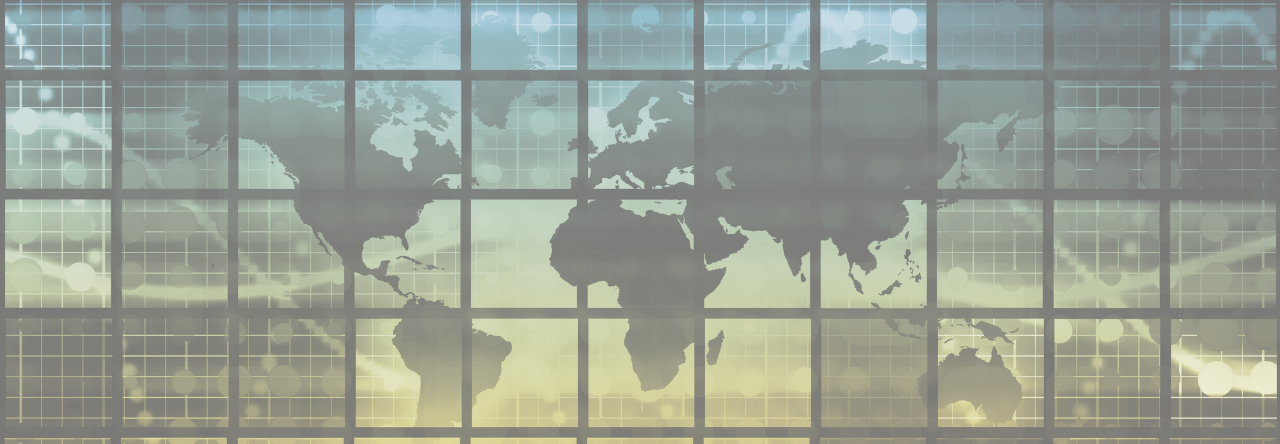This article is the English version of Akram Belkaïd,
« Algérie : une restauration musclée ? », published in Politique étrangère, Vol. 87, Issue 2, 2022.

On December 12, 2019, Abdelmadjid Tebboune was elected president of the Algerian Republic after winning 58.13 percent of votes (4.9 million votes) in the first round. A former wali (similar to a prefect in France), a minister on more than one occasion, and even head of government for several months in 2017, Tebboune succeeded Abdelaziz Bouteflika. No longer supported by the army, by April 2019 Bouteflika had given up his attempt to win a fifth term due to the huge popular protests that had broken out at the beginning of the year. Although the election was spurned by a record number of voters (14.7 million voters—60.12 percent—failed to vote), it brought an end to the Algerian people’s irruption in the political arena and their persistent refusal to return to “normality.”
Many Algerians were outraged by the February 2019 announcement that Abdelaziz Bouteflika would run for a fifth term. Sickly, physically in decline, and invisible on the national and international scene for several years, the incumbent of the El Mouradia palace, along with his brother Said as personal guard, intended to retain control over affairs of state, refusing any handover. Organized by the National Liberation Front among others, the launch ceremony of his candidacy in the Coupole d’Alger Arena, in the hills overlooking Algiers, was the catalyst for a popular reaction that caught the government by surprise.
Read the rest of the article here.
>>> More articles of Politique étrangère are available for reading
on Cairn International <<<


Vous devez être connecté pour poster un commentaire.